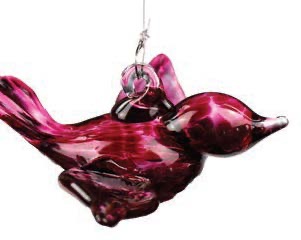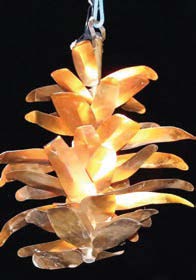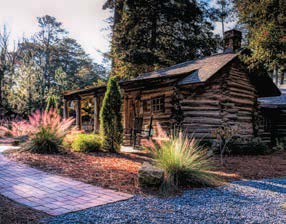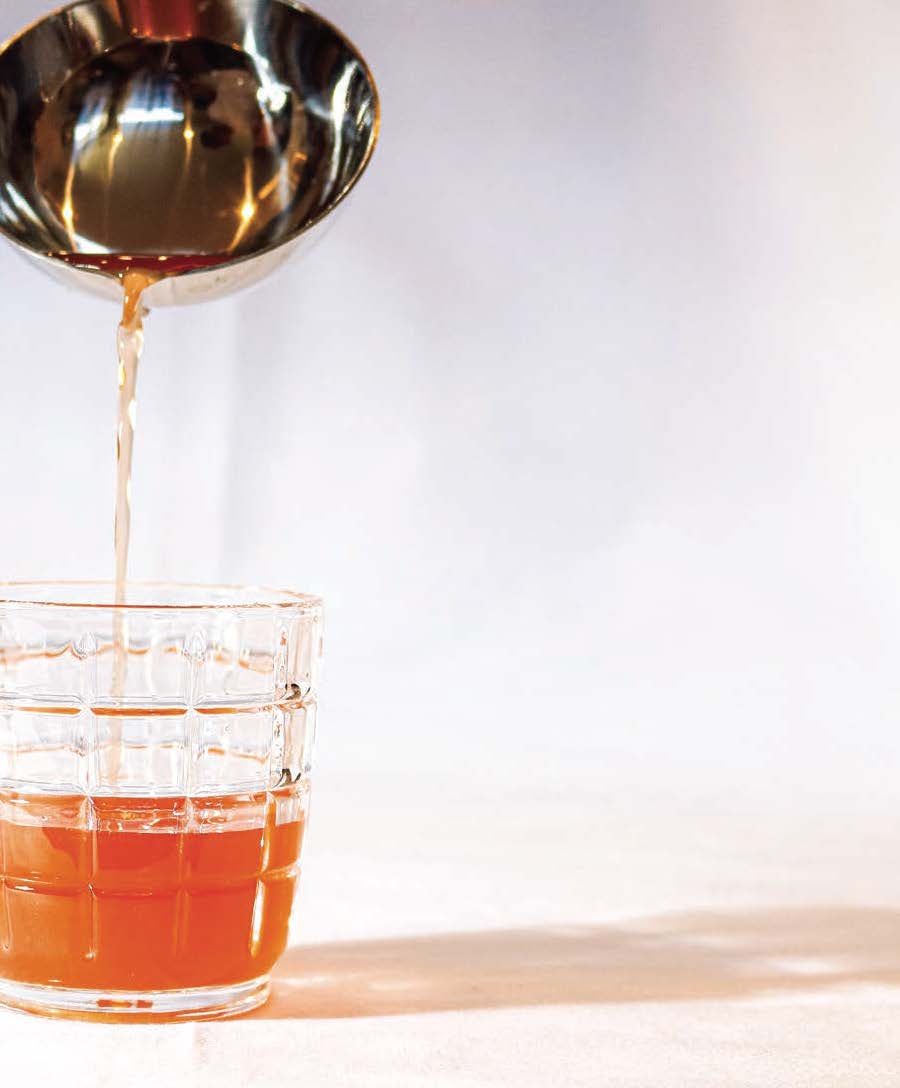PINEPITCH
PinePitch

Round and Round They Go
Enjoy local marching bands and a red-dressed elf during the Southern Pines Christmas Parade on Saturday, Dec. 7, from 11 a.m. to 12:30 p.m. Did someone say Santa? The parade route begins at Vermont Avenue and proceeds down the west side of Broad Street to Massachusetts Avenue, crosses the railroad tracks, then comes back down the east side of Broad Street. For info call (910) 692-7376. If you missed Mr. Claus on the seventh, the town of Vass will be giving him a lift on Saturday, Dec. 21. You can get more information at www.townofvassnc.gov.
A Pinehurst Tradition
What better way to get into the holiday spirit than by kicking back and enjoying the sweet sounds of “Holiday Pops” performed by the Carolina Philharmonic on Friday, Dec. 6, and Saturday, Dec. 7? Both concerts begin at 7:30 p.m. in Owens Auditorium, BPAC, Sandhills Community College, 3395 Airport Road, Pinehurst. For more information go to www.carolinaphil.org.
Pops II
You can celebrate the season with your holiday favorites and your North Carolina Symphony at the other “Holiday Pops” on Thursday, Dec. 12 at 7:30 p.m. in BPAC’s Owens Auditorium, 3395 Airport Road, Pinehurst. The performance features songs like “Sleigh Ride,” “White Christmas,” “Carol of the Bells,” “Christmas at the Movies,” music from Frozen, and more. For more information visit www.ncymphony.org.

And Now For Something Completely Different
If you’re looking for that one-of-a-kind, where-did-this-come-from knick-knack, bric-a-brac piece of art, the Starworks Holiday Market opens to the public from 9 a.m. to 8 p.m. on Saturday, Dec. 7 at Starworks, 100 Russell Drive, Star. For information go to www.StarworksNC.org.

Look Out Below
Wash away the old and ring in the New Year with family and friends at First Eve in downtown Southern Pines from 6 to 8 p.m. on Tuesday, Dec. 31. There will be live music, carnival games, face painting and good cheer. The pine cone drops at precisely 8. For additional information call (910) 692-7376.

Ho, Ho, Choo, Choo
All aboard the Carolina Christmas Train on Wednesday, Dec. 4, from 5:30 to 7:15 p.m. hosted by the Aberdeen Carolina Western Railway, at Starworks Café & Taproom, 100 Russell Drive, Star. There will be additional train rides on Dec. 5 – 9 and Dec. 13 – 20. For information and tickets go to www.ACWR.com

Mozart Magic
When the Queen of the Night persuades Prince Tamino to rescue her daughter Pamina from the high priest Sarastro, we get to watch. It’s Mozart’s The Magic Flute, beamed in from the Metropolitan Opera at 1 p.m. on Saturday, Dec. 7, at the Sunrise Theater, 250 N.W. Broad St., Southern Pines. Tickets are $29.50. For information call (910) 692-3611 or visit www.sunrisetheater.com.

Let There Be Light
The annual Christmas Tree Lighting in the village of Pinehurst, with music, vendors, holiday cheer and a chance to see Santa, happens from 5 to 7:30 p.m. on Friday, Dec. 6, at Tufts Memorial Park, 1 Village Green Road, Pinehurst. There will be food and beverages available for purchase, and the Sandhills Trolley Company will be providing free shuttles from the Cannon Park Community Center. For additional information go to www.vopnc.org.

Film Feast-i-val
A cornucopia of holiday movies is coming to the big screen at the Sunrise Theater, 250 N.W. Broad St., Southern Pines. First up is National Lampoon’s Christmas Vacation at 7 p.m. on Thursday, Dec. 5. Next is Home Alone at 7 p.m. on Thursday, Dec. 12, followed by How the Grinch Stole Christmas on Thursday, Dec. 19. Batting clean-up is a free showing of Polar Express on Friday, Dec. 20, at 7 p.m. And last, but far from least, is the classic It’s a Wonderful Life on Thursday, Dec. 26, at 7 p.m. For information call (910) 692-3611 or go to www.sunrisetheater.com.

Wee Bit of the Old Sod
Featuring the return of vocalist Caitríona Sherlock, the “Irish Christmas in America” show at 7 p.m. on Wednesday, Dec. 11 in BPAC’s Owens Auditorium, 3395 Airport Road, Pinehurst, is filled with lively instrumental tunes on fiddle, flute, uilleann pipes and harp, along with old-style Irish dancing. Evocative photographic images provide a backdrop to some of the rich historical traditions of Ireland. For information go to: www.ticketmesandhills.com. And, if that doesn’t get your Irish up, the music and dance company A Taste of Ireland will present “A Celtic Christmas” at BPAC on Tuesday, Dec. 17 at 7:30 p.m. Check out www.eventbrite for more info.

Does Santa Get Syrup in His Beard?
You can find out on Saturday, Dec. 14, at the Sandhills Woman’s Exchange, 15 Azalea Road, Pinehurst, at a breakfast featuring you know who, pancakes, bacon, a magic show, face painting, and balloon animals. Cost is $30 for adults; $10 for children 4 and over; and free for 3 and under. There is limited seating, however. Hey, it’s a cabin. For more information call (910) 295-4677 or go to www.sandhillswe.org.













